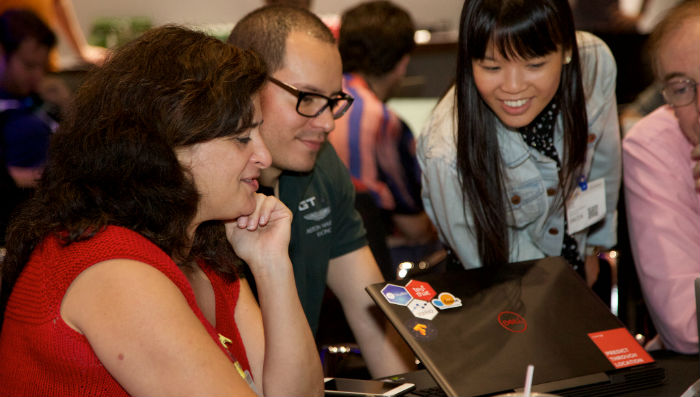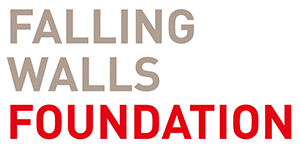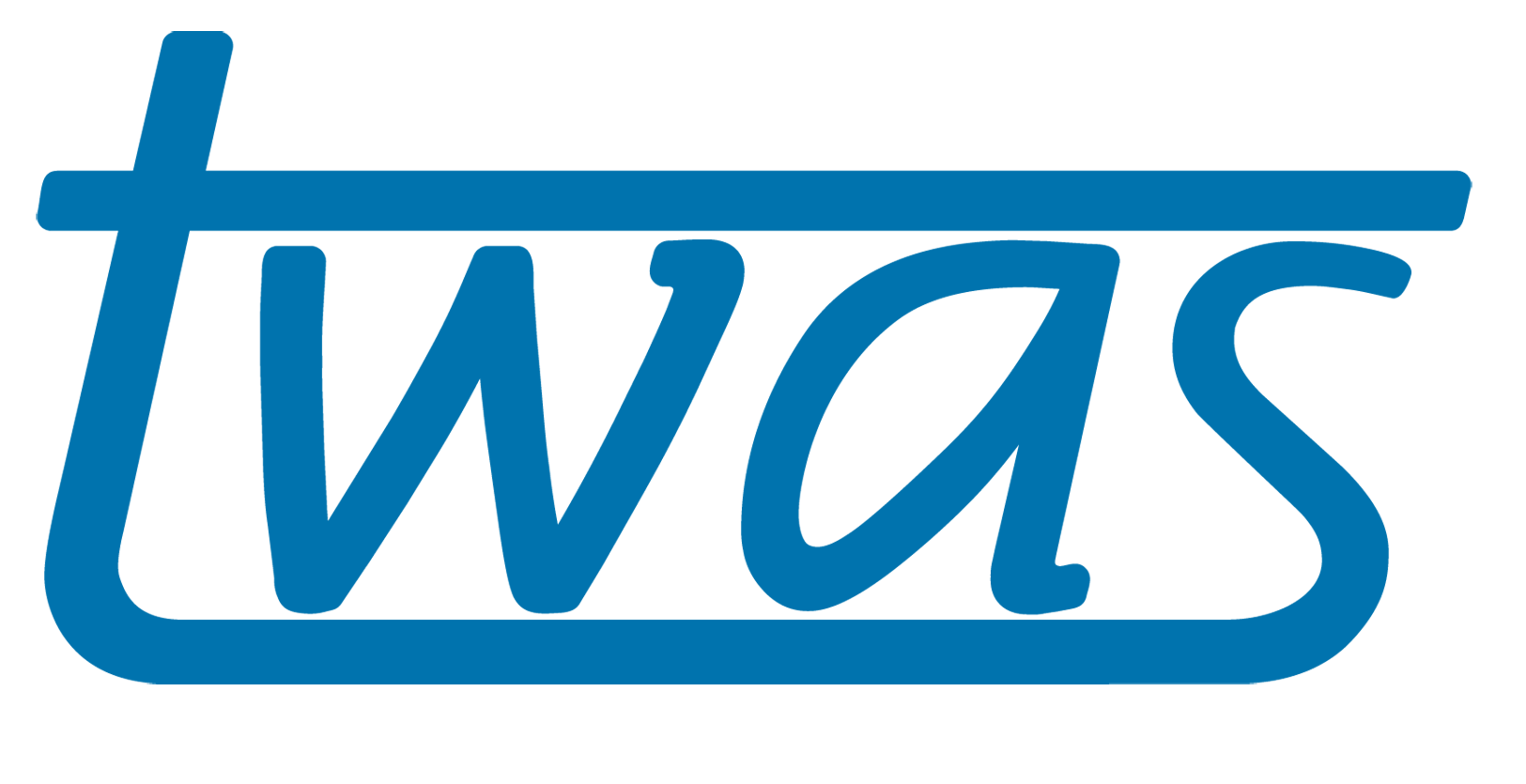 When a natural disaster strikes, knowing where people and buildings are is of the utmost importance for saving lives. The World Bank Global Facility for Disaster Reduction and Recovery (GFDRR) and DataKind teamed up to understand how might satellite imagery and machine learning aide in disaster risk management and improving resilience for vulnerable communities. DataKind’s DataCorps team of pro bono data scientists completed an assessment of current literature on how satellite imagery could improve disaster relief efforts using image analysis and convolutional neural networks, and then made recommendations for how the GDFRR could scale efforts using their imagery in Sri Lanka to build and implement detection models.The GFDRR, established in 2006, is a multi-donor partnership and grant-making financing mechanism. The team supports on-the-ground technical assistance to help developing countries integrate disaster risk management (DRM) and climate change adaptation into development strategies, policies and investment programs, including post-disaster recovery and reconstruction. Broadly, the GFDRR is tasked with rapidly responding to natural disasters and protecting vulnerable populations from harm. As you can imagine, they have a slew of obstacles to helping folks in the uncertain moments that surround a natural event; information flows in from numerous sources, the landscape changes unexpectedly, and all needs are suddenly urgent.
When a natural disaster strikes, knowing where people and buildings are is of the utmost importance for saving lives. The World Bank Global Facility for Disaster Reduction and Recovery (GFDRR) and DataKind teamed up to understand how might satellite imagery and machine learning aide in disaster risk management and improving resilience for vulnerable communities. DataKind’s DataCorps team of pro bono data scientists completed an assessment of current literature on how satellite imagery could improve disaster relief efforts using image analysis and convolutional neural networks, and then made recommendations for how the GDFRR could scale efforts using their imagery in Sri Lanka to build and implement detection models.The GFDRR, established in 2006, is a multi-donor partnership and grant-making financing mechanism. The team supports on-the-ground technical assistance to help developing countries integrate disaster risk management (DRM) and climate change adaptation into development strategies, policies and investment programs, including post-disaster recovery and reconstruction. Broadly, the GFDRR is tasked with rapidly responding to natural disasters and protecting vulnerable populations from harm. As you can imagine, they have a slew of obstacles to helping folks in the uncertain moments that surround a natural event; information flows in from numerous sources, the landscape changes unexpectedly, and all needs are suddenly urgent.
The GFDRR wondered if machine learning and artificial intelligence could help speed up their work, make it more effective, and thus save more lives. The big “ask” was “is it possible to identify where people are at risk in a natural disaster, as measured through the locations and types of buildings in various countries?” If possible, this approach would assist the team in understanding where buildings exist and, potentially, the building type. Knowing building location and type provides GFDRR with a population estimate so they know where to distribute resources in the case of a disaster. For example, if a typhoon strikes during the day, additional resources would be deployed to schools and business centers.
- Read the full article on DataKind: Discovering the Art of the Possible for Machine Learning and Disaster Risk Management, 23 August, 2018

















